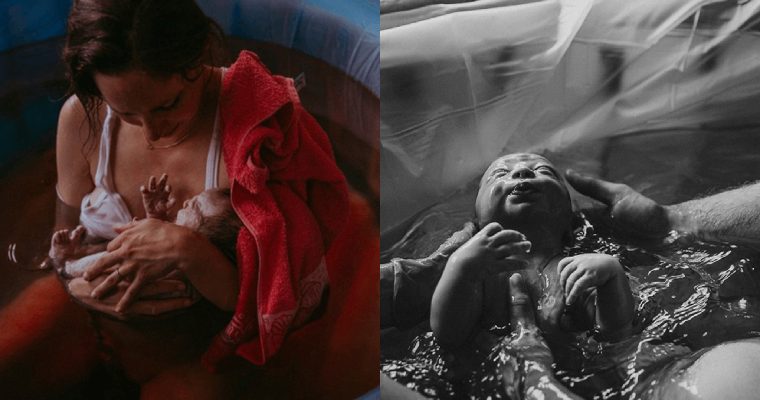Bringing forth life is the most beautiful act, but this birth was even more special because it was the gift of surrogacy that brought life to her friends. These mothers met 25 years ago and will be forever bonded now through this moment of love, sacrifice, and life.
Photo credits: Cradled Creations
Photo credits: Cradled Creations
Photo credits: Cradled Creations
Photo credits: Cradled Creations
Photo credits: Cradled Creations
Photo credits: Cradled Creations
What is surrogacy? Surrogacy involves a person agreeing to carry and give birth to a baby for someone else. After the baby is born, the birth parent gives custody and guardianship to the intended parent or parents. Surrogacy has complex legal and medical steps that must be met. It’s important to be aware of the process, seek professional advice, and build supportive networks.
Traditional surrogate: It’s a woman who gets artificially inseminated with the father’s sperm. They then carry the baby and deliver it for you and your partner to raise.
A traditional surrogate is the baby’s biological mother. That’s because it was their egg that was fertilized by the father’s sperm. Donor sperm can also be used.
Gestational surrogates: A technique called “in vitro fertilization” (IVF) now makes it possible to gather eggs from the mother (or an egg donor), fertilize them with sperm from the father (or a sperm donor), and place the embryo into the uterus of a gestational surrogate.
The surrogate then carries the baby until birth. They don’t have any genetic ties to the child because it wasn’t their egg that was used.








